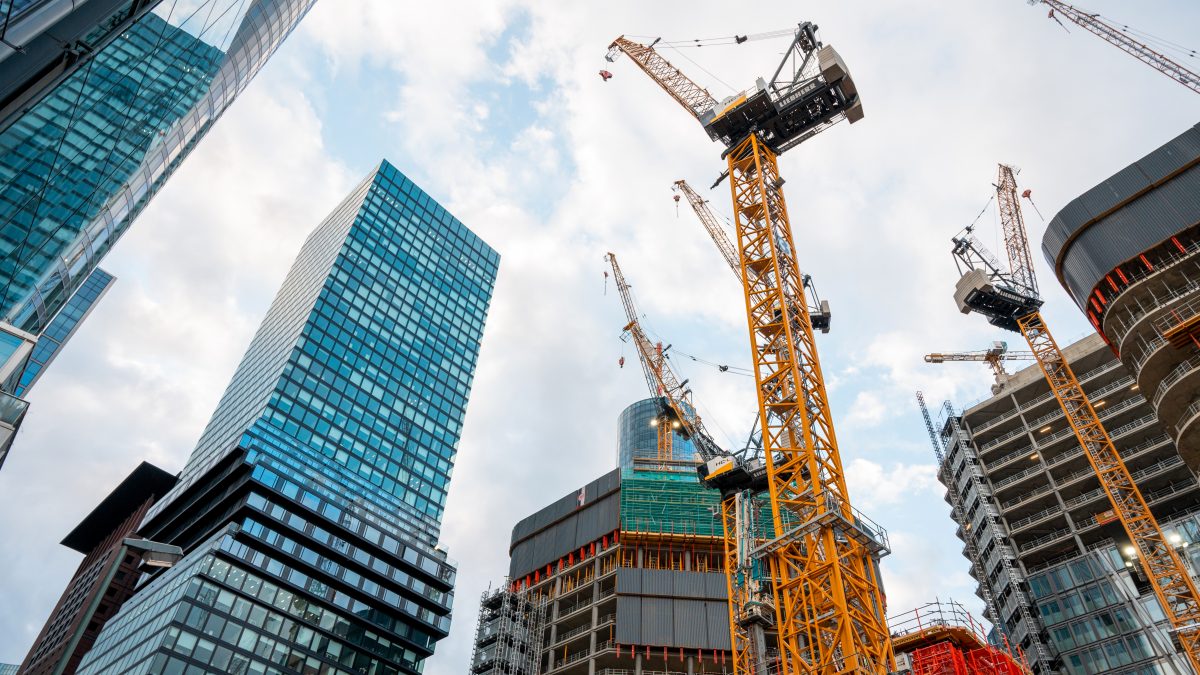The key to critical infrastructure resilience in the face of natural disasters
August 12, 2024
By Javiera Barrera, director of the Doctorate in Industrial Engineering and Operations Research, Faculty of Engineering and Sciences of the Adolfo Ibáñez University.
The new frontal system that is affecting the central and southern part of the country, painfully reminds us of the vulnerability of our critical infrastructure to natural disasters. These events prompt us to reflect on how we can build more resilient infrastructures and reduce the risks associated with simultaneous failures of key components.
The digitalization of many existing services and the creation of new ones are perceived as a great advantage. The other side of the coin is that until a few years ago, the interruption of the Internet went unnoticed by many. However, today it is a headache for our society. Something similar happens with electricity. In our concern for climate change, we have electrified our consumption. At the same time, we concentrate the risk on electricity. This requires discussing service levels and contingency measures to cope with inevitable outages.
Current designs, prepared for isolated failures, are insufficient in the face of this reality. It is imperative that, in order to study systems, we adopt failure models that consider simultaneous events. In a natural disaster, multiple critical infrastructure components can fail at the same time and in close proximity. Only then will we understand how to reinforce and extend our systems.
Developments in different areas of engineering allow us to understand how elements of these systems respond to an extreme event. To anticipate how these complex systems behave under extreme stress, abstract research and advanced simulations are essential.
We need more information about our infrastructures to improve simulations and obtain better predictions. A reliable electrical grid must not only avoid frequent failures. It must also be able to recover quickly from interruptions caused by extreme weather events. To do this, it is crucial that both the public and private sectors invest intelligently in infrastructure based on these scientific studies. We must balance the cost of prevention with the risk of massive failures. In a country prone to natural disasters like Chile, understanding the trade-offs between the magnitude and frequency of interruptions allows for more effective investment strategies.
For example, by applying our models to an optical telecommunications network such as REUNA in Chile, we were able to identify the strategic components that improve system reliability. On the other hand, when we include in the analysis the dependence of the electrical system on natural disasters, we see that the reliability of the telecommunications network is often overestimated because the lack of energy significantly increases the set of unavailable components.
In short, we need to invest intelligently in critical infrastructure based on rigorous research that considers component interdependence and simultaneous failures. Only then will we be able to design resilient systems that minimize interruptions of vital services during extreme weather events. We will thus guarantee the safety and well-being of our population.
See news in Trade Digital News

